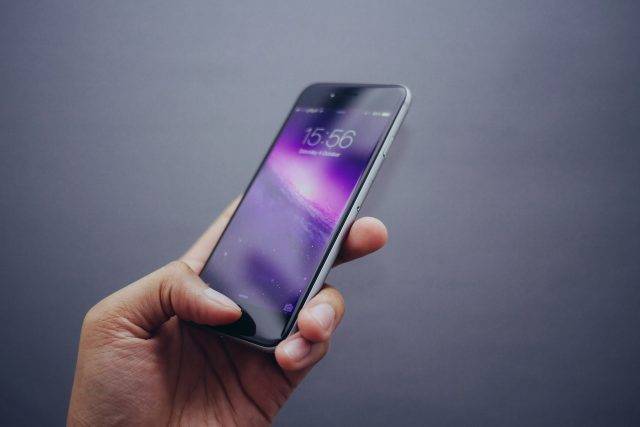Buying a used iPhone 7 selling at a rock-bottom price on Ebay? Proceed with caution because now it’s more difficult to know if the said device is stolen or not. You typically won’t be able to use an iPhone or iPad that’s still locked to its owner’s account (as the case for stolen Apple devices). That’s why you need the Activation Lock checker to determine that status before buying. The bad news is that Apple recently scrapped the service (including the checker page) for reasons beyond our knowledge. Now you won’t know how to tell apart refurbished iPhones and used iPhones.
No More Easy Way to Spot Stolen iPads/iPhones
Previously available via iCloud.com, Activation Lock checker used an iPhone or iPad’s IMEI number to determine its Activation Lock status. In other words, it offered a straightforward means to spot a stolen Apple device.
With the removal of the feature, you’ll have to find other means to find out where your mobile device came from. So if you’re buying a secondhand iPad online, you may have to ask the seller for the device’s IMEI number.
Once you retrieve that info, verify the IMEI using any of these carrier’s own checkers: T-Mobile, AT&T, and Verizon. You could also use third-party IMEI checkers like that of Swappa, an electronics buy/sell service.
While all these tools can help determine whether a device is stolen, they won’t tell you whether the iPhone/iPad is still associated with the previous owner’s Apple account. Keep in mind that it’s possible to have a “clean” IMEI even though the device may still be user-locked.
Used iPhones vs. Refurbished iPhones
With all the factors considered, you may be choosing between a used iPhone or one that is refurbished.
Although we’ve seen folks use both terms interchangeably, they actually have different meanings. Used iPhones typically mean they’re sold without getting tested or fixed. They often don’t come with guarantees either. Do you now see why used iPhones sell at unbelievably low prices? Well, no value has been added back to them in the first place!
On the other hand, refurbished iPhones are often repaired, tested, and cleaned. If they came back to a seller damaged, they’d be fixed before being resold. They’ve also been tested (if they work) and will often come with a warranty as if they’re new units. Expect a refurbished handset to function like it did when it was first unboxed. The best thing about it? These phones are often deeply discounted.
In most cases, getting a refurbished iPhone may be a better deal than buying a used one. You’ll worry less about the device and be reassured that it won’t be linked to its previous owner (and risk you not being able to use it). It doesn’t always mean, however, that a refurbished handset won’t have its own issues.
The biggest concern you’ll encounter purchasing refurbished devices is whether they’ve actually been refurbished or not. Some sellers claim they sell refurbished Apple devices even though the gadgets haven’t been competently fixed. You’ll be wise to do your homework about the store you’re buying from and insist on a warranty before purchasing.
If you’re a little short on cash and you’re itching to try the latest Apple technology, though, you’d probably settle for the cheaper option. It’s a perfectly rational choice in particular circumstances. When that’s the spot you find yourself in, Apple offers a few pieces of advice.
Apple’s Guide for Anyone Buying Used iPhones/iPads
It’s your responsibility to make sure that a pre-owned Apple device is no longer linked to its previous owner when you buy it. To put it simply: you’re not supposed to take ownership of any used iPad, iPod Touch, iPhone, or Apple Watch until the data has been “erased” by the original owner.
To check if the phone has been erased (or not), Apple’s recommends you do the following steps before purchasing Apple devices outside authorized Apple stores and resellers:
- Turn on the device. Do you see the passcode lock screen (the one saying “slide to unlock”) or the Home screen? If you do, the device clearly hasn’t been erased. Ask the seller to do so via Settings > General > Reset > and then choose Erase All Content and Settings.
- Set up the device. Once the iPad/iPhone has been completely erased, begin with the device setup process. As you select the language and country or region as well as connect it to a network, pay attention if the device asks for the previous owner’s Apple ID and password. Hand it back to the seller when it does.
In the end, Apple’s foolproof way to determine when a used iPhone, iPad, or iPad is ready for a new owner is if the gadget asks you to set it up the first time you turn it on.
Considering all these changes, it’s clear you’re better off buying a used iPad/iPhone from someone you can meet in person. If he or she can’t be there to help you with the Apple device’s initial setup process, you’d be wise to exercise caution before handing over your money.


